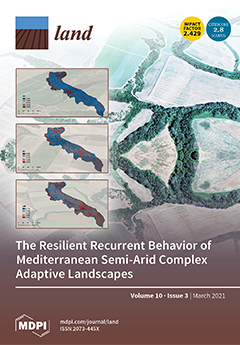Resource information
Scale effects are inherent in spatial analysis. Quantitative knowledge about them is necessary for properly interpreting and scaling analysis results. The objective of this study was to systematically model patch area scaling and the associated uncertainty. A hybrid approach was taken to tackle the difficulty involved. Recognizing that patch’s size and shape play the key role in shaping its scaling behavior, a function model of patch area scaling based on patch morphology was first conceptually formulated. It was then substantiated by sampling and interpolating in the scale-integrated domain of patch morphology, which is characterized by a one-dimensional size index, namely the relative support range (RSR), and a compactness index, namely filling. The area scaling model obtained unveils a simple consistent scaling pattern of all patches and an overall fading range between 0.12 and 3.16 in terms of RSR. The uncertainty model built exhibits a filling-dependent pattern of the variance of patch area, which can be as large as 0.67 (i.e., 67%) in terms of standard deviation. The models were validated by using them to predict patch and class area scaling of the test patches and landscapes. This study demonstrated the basic feasibility of analytically modeling scaling behavior. It also revealed the uncertainty of scale effects is very significant due to the inevitable randomness in rasterization.


